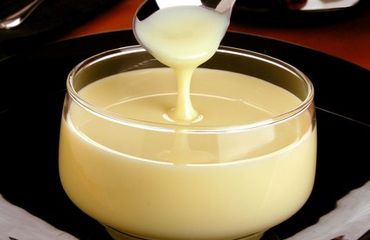São Paulo – Dairy companies affiliated with industry association Viva Lácteos – Associação Brasileira de Laticínios exported USD 15 million worth of product to Arab countries from January to May this year, or 30% of total export revenue.
Viva Lácteos comprises 36 enterprises, 11 of which are exporters. According to technical advisor Gustavo Beduschi, these enterprises account for the near-entirety of foreign sales of dairy from Brazil.
According to Beduschi, five Viva Lácteos member companies export to Arab nations. In the first five months of this year, they shipped 6.521 tons of product to Middle East and North Africa countries, or 37% of total shipped volume.
Presently, Brazil sells dairy to the United Arab Emirates, Saudi Arabia, Bahrain, Qatar, Kuwait, Libya, Oman and Tunisia. The former two are the top buyers of Brazilian dairy in the region. “Saudi Arabia because it has a big population, and the UAE because it is an export hub to other Arab countries,” explains Beduschi.
The products exported from Brazil to Arab countries include milk cream and condensed milk. “[Brazilian] condensed milk has a very big competitive edge, the fact that sugar in Brazil is very cheap,” Beduschi says. “Our flagship export product lately has been condensed milk,” he claims.
Currently, Arab countries are the second biggest market for Brazilian dairy, the first being South America. According to Beduschi, the biggest hurdle to even bigger sales to Arab countries has been the price of Brazilian dairy.
“Domestic production slid in 2015 and 2016 despite the crisis. Brazilians have been willing to pay more (for dairy products). This had consequences to exports,” he remarks.
Viva Lácteos member companies exported 18,000 tons of goods worldwide from January to May, grossing USD 50.7 million in the process. Beduschi explains that in order to increase exports, the enterprises will revise their actions and target-markets. “We will go over these countries and actions, as well as our business trips schedule,” he explains.
Right now, the priority countries are Saudi Arabia, the UAE, Colombia, Bolivia and Russia. Regarding actions focusing on Arab countries, this year saw some industry players go to Gulfood, the Middle East’s biggest food industry show, last February in Dubai. Saudi and Emirati buyers also went to the trade show of the São Paulo Supermarkets Association (Apas Show) last May in São Paulo. “The outlook is good for these companies, the people are very hopeful [about doing business,” says Beduschi.
*Translated by Gabriel Pomerancblum




